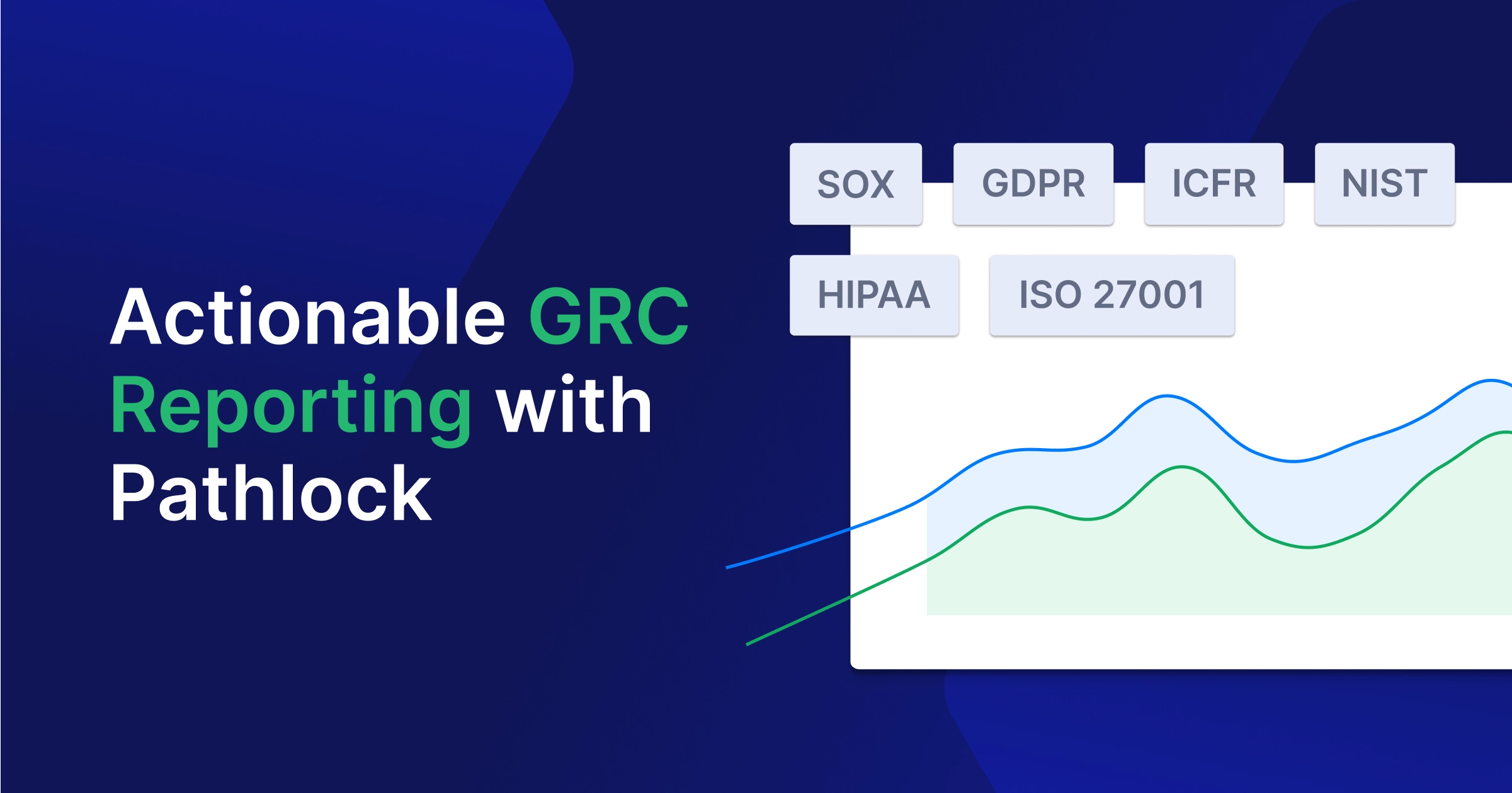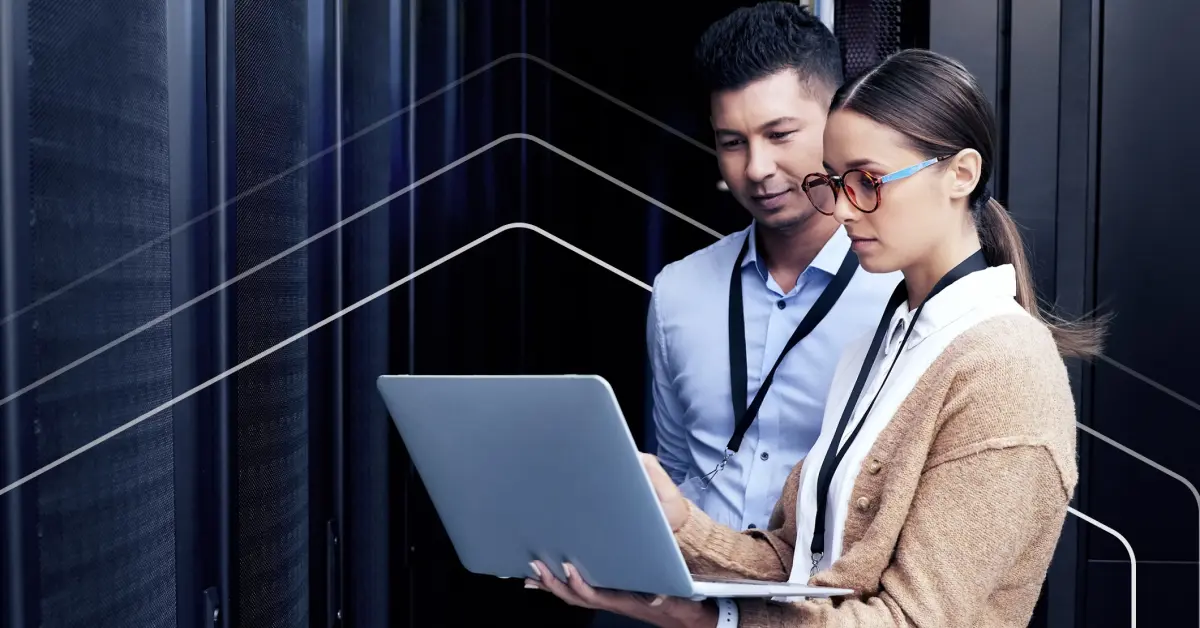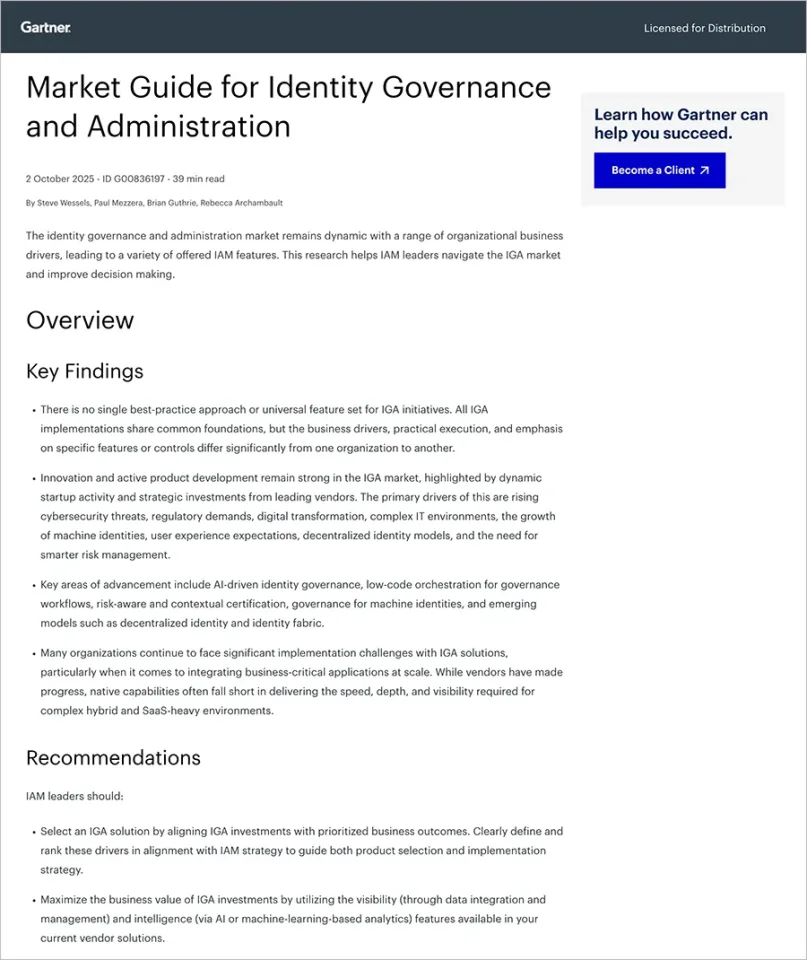Your ERP system is one of your most valuable corporate assets. Unfortunately, weaknesses in its security could lead to all kinds of risks, including data theft, user errors, internal fraud, and financial misstatements, just to name a few. The bottom line is that you can’t afford to jeopardize the integrity of your ERP system. That’s why conducting regular ERP security assessments is crucial for uncovering hidden risks and inefficiencies.
In this episode of the Appsian Insights video series, we’re going to look at ERP security assessments, their benefits, how often they should be performed, and what they should include.
What Is An ERP Security Audit
An assessment of your ERP security model should pinpoint areas of weakness and identify critical areas for improvement. It will leverage analytics and provide data analysis on areas such as roll structure, user-to-role assignments, security model and strategy, segregation of duties, and much more. Your security audit should also provide a roadmap for addressing these issues.
When Should I Perform An ERP Security Assessment?
We recommend that you perform an ERP security audit annually. Other times we recommend include before an upgrade, after project go-live, and prior to an external audit.
What Should Be Included In A Security Audit?
When it comes to the security assessment report, you want to ensure that it is clear about what is being assessed, including:
- General security setup.
- Specific security settings.
- Data security settings.
- Access to critical and sensitive applications.
- Segregation of duties.
Finally, your assessment must provide detailed remediation reports and recommendations or checklists for the next steps.
Pathlock offers comprehensive ERP security assessments to help you get the most out of your security design while ensuring compliance. We leverage our software and our trusted team of experts to get you the information you need. Contact us today and let us help you discover your ERP system’s unique system configuration settings.



